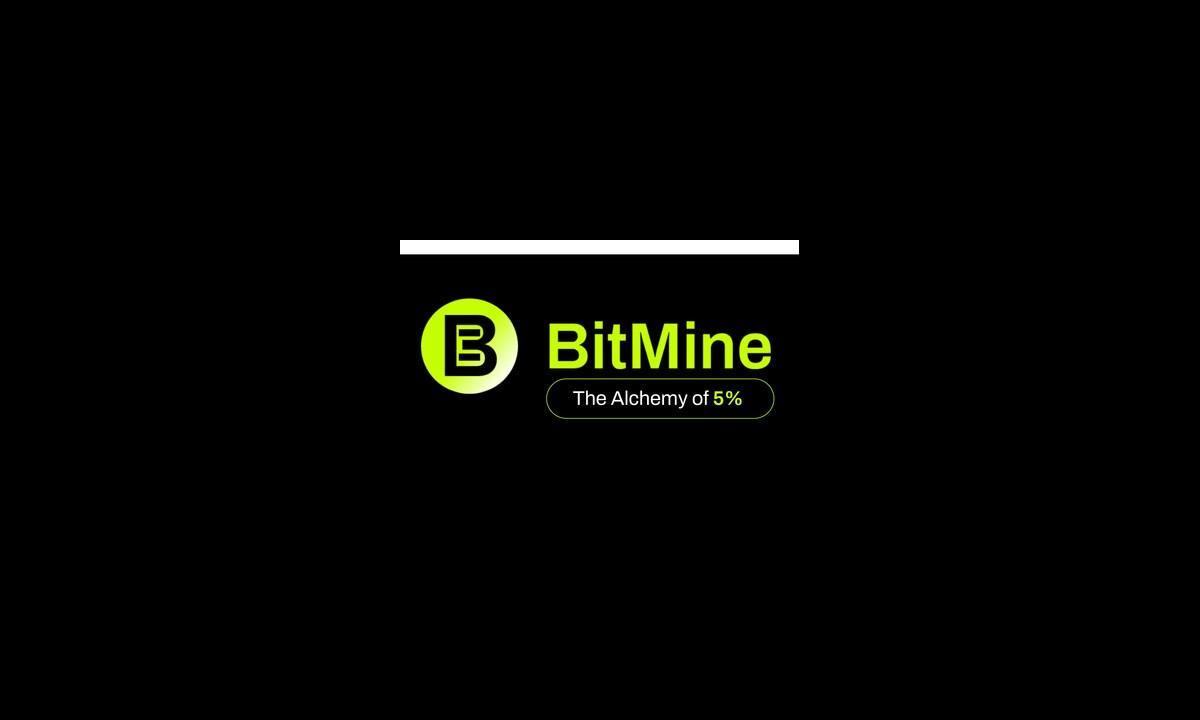The cryptocurrency market has had several well-known bear markets, but the 2022 downturn will stand out for its harsh test of decentralized financial platforms and excessive trading leverage.

According to Grayscale Investment’s most recent Insight report, the current bear market officially began in June 2022 and might endure another 250 days if past market cycles are any indication.
Grayscale observes that the cyclical fluctuations of cryptocurrency markets are similar to those of their traditional equivalents. Market cycles for bitcoin (BTC) typically last 4 years, or 1,275 days. When the realized price of bitcoin falls below the going market price, the firm considers a cycle to have begun.
The sum of all assets at their original purchase prices divided by the asset’s market capitalisation yields the realized price. This indicates how many positions—if any—are lucrative.
The company believes this offers a fantastic crypto investment opportunity, which, if past cycles are any indication, will extend for another 250 days starting in July.
Grayscale traces the history of the market cycle from 2012 to 2015, highlighting moments like the birth and fall of Silk Road, a dark web bazaar, and the infamous Mt. Gox fiasco, which sparked the first significant bear market. The market gradually climbed to the subsequent highs as a result of the development of Ethereum, important exchanges, and wallet providers.

The explosion of initial coin offerings, enabled by Ethereum’s smart contract technology, will be remembered from 2016 through 2019. A large portion of the money that entered the bitcoin ecosystem in late 2017 left the ecosystem the following year.
The market cycle of 2020 will be viewed as a story of leverage. According to Grayscale, the Covid-19 outbreak raised government spending, which encouraged investors to engage in leveraged trading.
For six months, there was a positive financing rate, and many traders leveraged their positions using cryptocurrencies as collateral. When cryptocurrency prices fell, traders were obliged to sell, which started a chain reaction of liquidations that caused BTC to fall from a peak of $64,800 in November 2021 to $29,000 in June 2021.
A year later, leverage again harmed the markets, but DeFi’s main players in centralized finance (CeFi) failed despite luring significant investment with alluring rates. The rest is history because the ecosystem was completely destroyed when the US Terra stablecoin (UST) collapsed. Multiple CeFi platforms saw the liquidation of over-leveraged traders and positions, which exacerbated market sell-offs and brought down key capital lending companies like Celsius and Three Arrows Capital.
DISCLAIMER: The Information on this website is provided as general market commentary and does not constitute investment advice. We encourage you to do your own research before investing.
Join CoinCu Telegram to keep track of news: https://t.me/coincunews
Follow CoinCu Youtube Channel | Follow CoinCu Facebook page
Patrick
CoinCu News






















